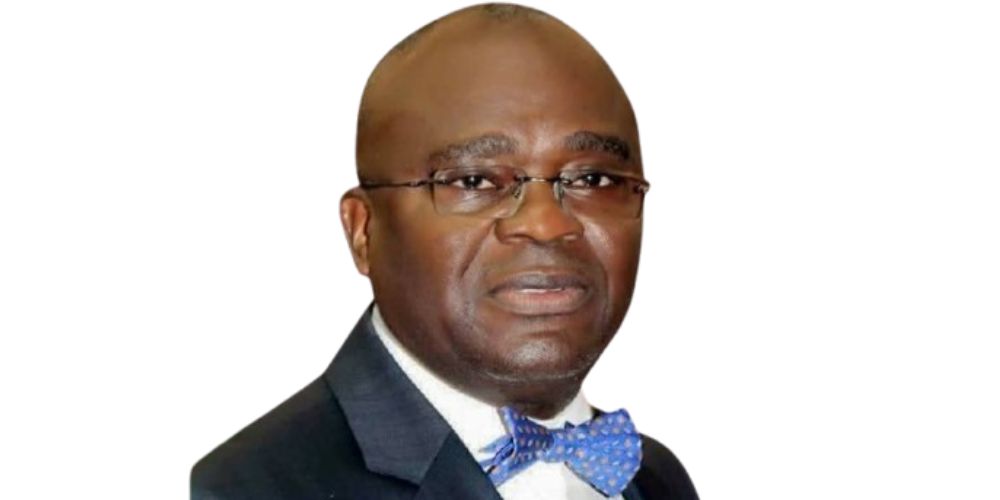Stakeholders raise concerns over vandalism, poor management
For the 189th time in six years, Nigeria has recorded yet another train derailment, casting a dark shadow over the country’s ambitious rail modernisation drive that has already consumed more than $7.3 billion in borrowed funds.
Barely three days after resuming operations, the Warri–Itakpe passenger train derailed on Saturday evening, reigniting concerns about safety, maintenance, and the sustainability of Nigeria’s debt-funded transport infrastructure.
The Nigerian Railway Corporation (NRC) confirmed the incident, saying two out of seven coaches on the Warri–Itakpe Train Service (WITS) derailed at about 7:30 p.m. near Agbor, Delta State.
The service, which has been suspended for a long time, NRC announced on the 25th of October that it would begin operations on the 29th of the month, but the transport system was shut down just three days into operation on Saturday, November 1, 2025.
The Managing Director of NRC, Dr Kayode Opeifa, said all passengers on board were safely evacuated and accounted for. He said in a statement that preliminary investigations suggest the derailment may have been caused by suspected track vandalism.
Opeifa, who was appointed by President Bola Tinubu earlier this year to overhaul the struggling infrastructure, said recovery teams supported by security personnel have since been deployed to the site, while services on the corridor have been temporarily suspended pending a comprehensive safety audit.
The latest accident adds to a troubling record of derailments that have plagued Nigeria’s rail network in recent years. Between 2019 and 2025, the country has witnessed at least 189 derailments, with the National Bureau of Statistics (NBS) reporting 183 cases between 2020 and 2022 alone.
In 2020, 57 derailments were recorded, followed by 61 in 2021 and 65 in 2022. In August this year, the Abuja–Kaduna train service was suspended following another derailment that left six passengers critically injured.
Beyond the numbers, a series of high-profile incidents has eroded public confidence. In January 2019, a Lagos-bound train derailed at Ashade, killing one passenger. In May 2024, a Kaduna-bound train derailed near Jere, halting operations for days.
Another derailment occurred just a month later on the Abuja–Kaduna line, with videos showing three overturned coaches. In August 2024, a Lagos–Ibadan freight train left the tracks, again disrupting services and prompting fresh scrutiny of track quality and maintenance.
With vandalism of public infrastructure becoming a persistent threat to railway service in the country, the NRC data showed that between 2022 and 2023 alone, over 150,000 rail clips were stolen nationwide.
According to the agency, about 50,000 each came from the Lagos–Ibadan, Warri–Itakpe, and Abuja–Kaduna standard gauge lines, a development that showed the national outlook of the development.
Despite spending close to N1 billion on private security contracts to guard rail corridors, vandalism continues to undermine the system. In August 2022, the Federal Executive Council approved N718 million for securing the Abuja–Kaduna route.
Of this, Al-Ahali Security Guards Limited received about N407 million to protect 27.4 kilometres of track and eight stations, while Seaguard Security and Protective Company Limited got N310 million to cover 18 kilometres and four stations.
Three years later, the sabotage persists, prompting questions about the effectiveness of such contracts. Experts, who spoke with The Guardian yesterday, said the derailments are symptoms of a deeper problem, particularly poor maintenance and weak institutional capacity.
Former railway expert at the London Underground, James Akpoviroro, said Nigeria’s rail system is failing because it lacks a structured maintenance culture.
“The way forward is maintenance and maintenance requires training,” he said. “Continuous, consistent training, just like in the army. Every major city should have a dedicated maintenance office with a clear hierarchy and procedure.
There should be regular patrols, and the teams should be well paid. Recruit local youths, train them, and make it their full-time job. That’s how you build commitment and sustain the system,” he noted.
According to him, derailments often start from small issues, loose clips, misaligned track geometry, or eroded ballast, problems that he insisted can be prevented with frequent inspections and prompt repairs.
President of the Nigerian Economic Society, Professor Adeola Adenikinju, said maintenance was vital but must be complemented with technology-driven security measures.
He urged the government to deploy drones and aerial surveillance to monitor rail tracks in real time, similar to systems used for oil pipelines, noting that relying solely on security personnel was ineffective given Nigeria’s vast terrain.
Adenikinju warned that public confidence in rail travel hinged on safety, saying passengers must be assured their lives and property were secure to sustain usage.
Since 2016, Nigeria has anchored its railway modernisation plan on a network of standard-gauge railways funded largely through loans from the China Exim Bank and executed by the China Civil Engineering Construction Corporation (CCECC).
The Lagos–Ibadan line, inaugurated in 2021, cost about $2.6 billion. The Abuja–Kaduna rail, completed in 2016, cost $874 million, roughly $4.7 million per kilometre. The Itakpe–Abuja extension, including the Warri port link, was contracted in 2019 for $3.9 billion.
Together, these projects amount to more than $7.3 billion, most of which were funded by loans that Nigeria continues to repay amid growing debt pressures.
Policy expert, Dr Ndu Nwokolo, who is a Managing Partner at Nextier, said the government must determine whether derailments are primarily due to vandalism or substandard project execution.
“We live in a country where project monitoring and proper execution are often lacking, largely due to corruption,” he said. Nwokolo said Nigerians need to ask about the Federal Government’s security risk analysis on the railway infrastructure.
According to him, such an analysis would have identified vulnerable areas and community risks. “The NRC could have engaged local communities to protect the lines for a fee instead of relying solely on external security firms,” Nwokolo said. He added that adopting community-based protection models would not only enhance security but also create local ownership and employment.

